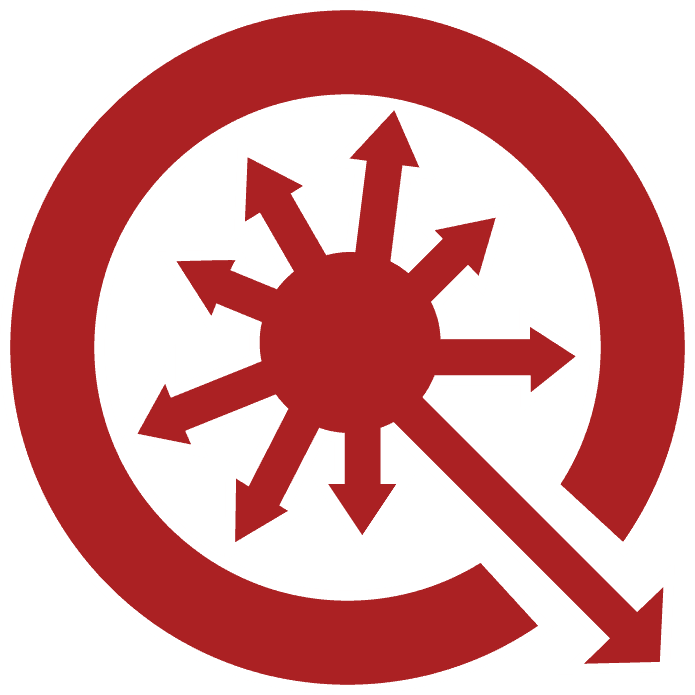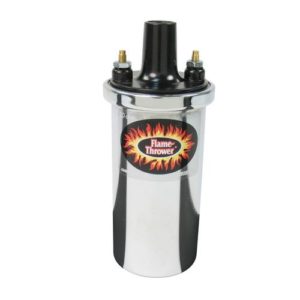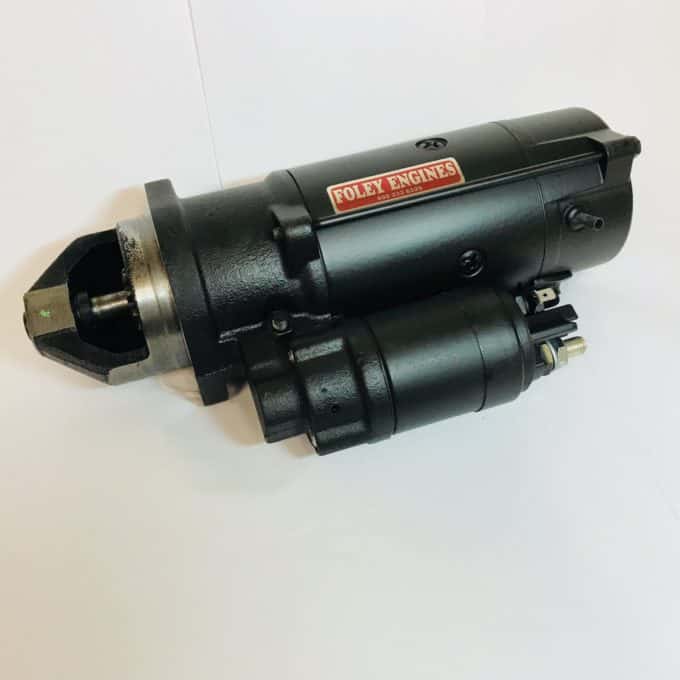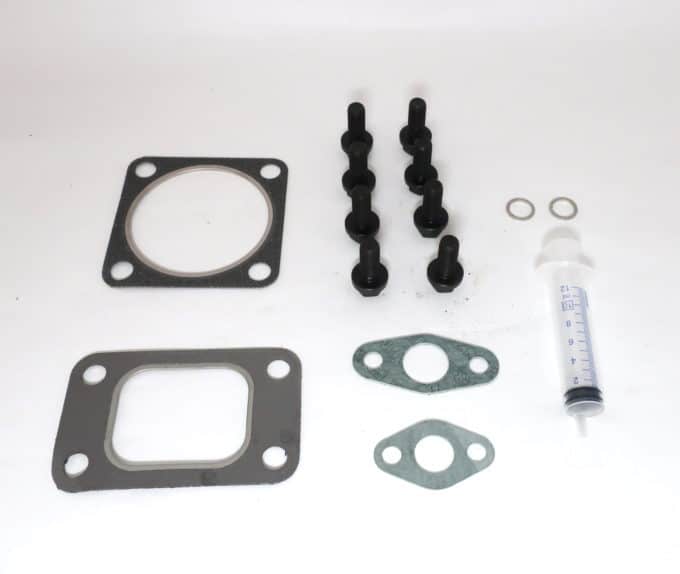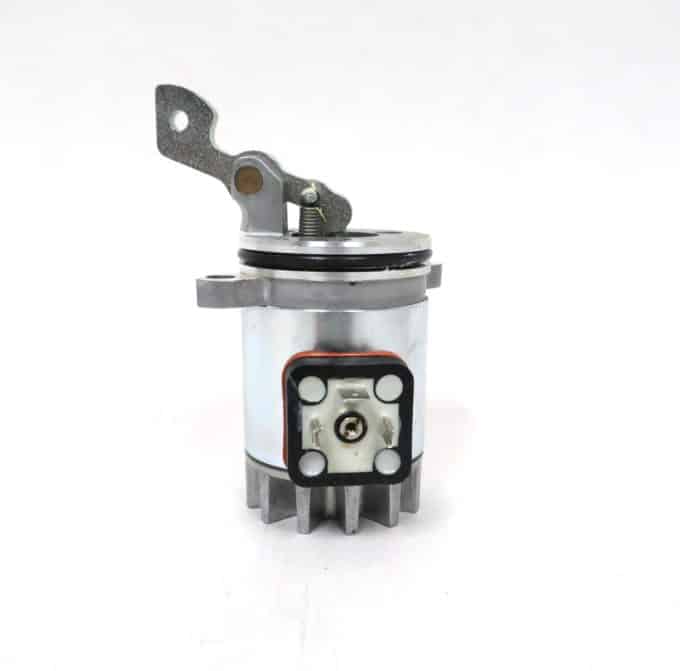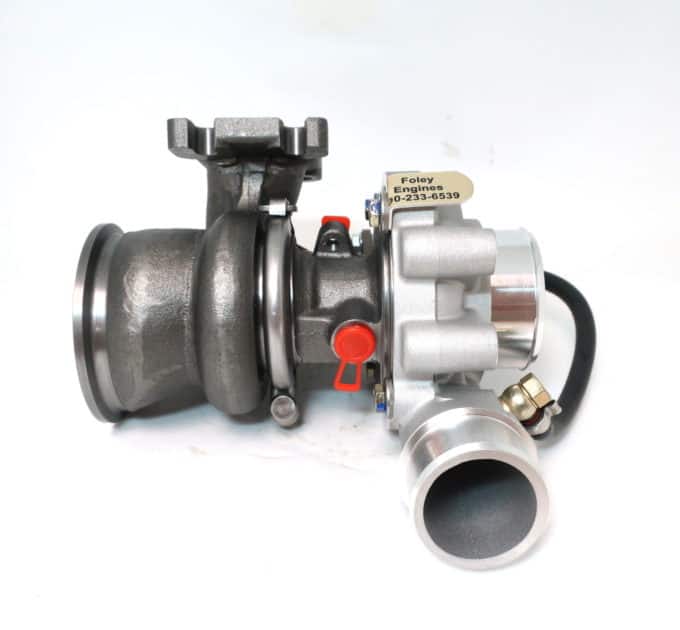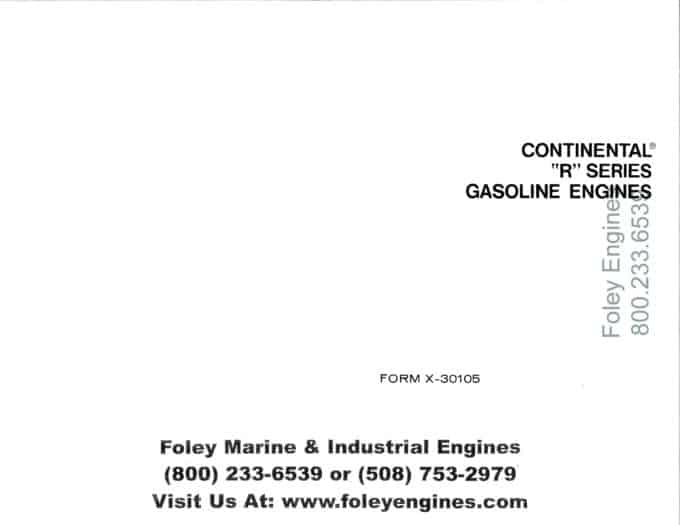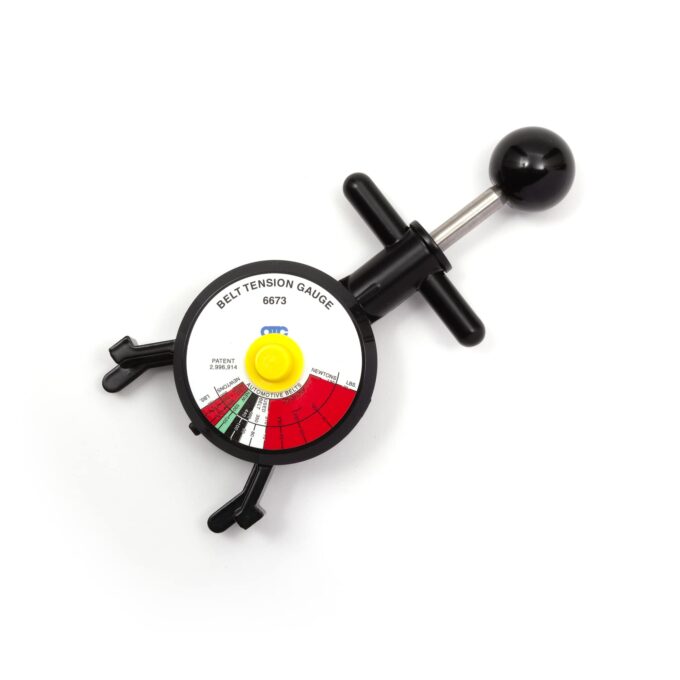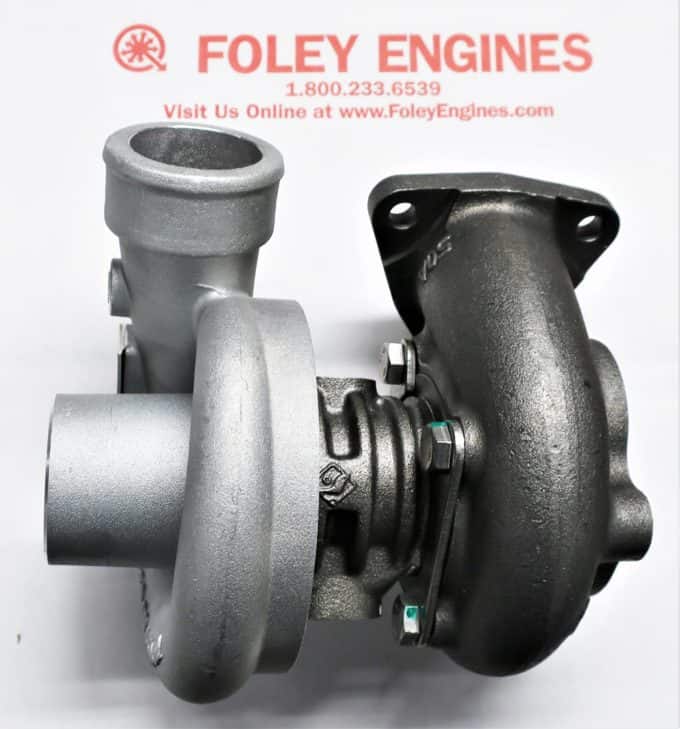This Foley Tech Tip, one of a series that we publish, discusses methods we have developed in our remanufacturing center for saving worn Deutz, Continental, and Wisconsin engine block castings. These methods include sleeving and judicious boring. Your comments are welcome.
Deutz 1011/2011 Series Engines
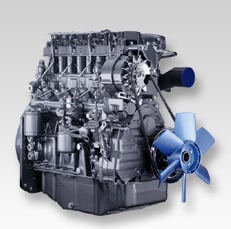 As we note in later Tech Tips (see Tech Tip #125: Deutz Diesel and Ford Industrial Engine Timing Belts: How to Avoid a Big Problem, Tech Tip #144: Deutz 1011 and 2011 Timing Belt Tension, Tech Tip #149: Deutz Timing Belt Damage: Rocker Tower Bolts, Tech Tip #156: Deutz 1011 & Deutz 1011F Diesel Piston to Wall Clearance, and Tech Tip #168: Deutz 1011 and 2011 Timing Belt Change Intervals; What DoesAAMCO Say? for example) the Deutz 1011/2011 series engines have had their share of problems. Timing belts break, piston walls get scored, etc.
As we note in later Tech Tips (see Tech Tip #125: Deutz Diesel and Ford Industrial Engine Timing Belts: How to Avoid a Big Problem, Tech Tip #144: Deutz 1011 and 2011 Timing Belt Tension, Tech Tip #149: Deutz Timing Belt Damage: Rocker Tower Bolts, Tech Tip #156: Deutz 1011 & Deutz 1011F Diesel Piston to Wall Clearance, and Tech Tip #168: Deutz 1011 and 2011 Timing Belt Change Intervals; What DoesAAMCO Say? for example) the Deutz 1011/2011 series engines have had their share of problems. Timing belts break, piston walls get scored, etc.The vast majority of Deutz 1011 and Deutz 2011 engines leave Germany without sleeves or liners. Because of this, we help Deutz 1011 and 2011 engine owners with worn or scored cylinders with overhaul parts kits that have oversized pistons that come in increments of .010” (.25mm). If your Deutz 1011/2011 is worn beyond .020″ (0.50mm) we can supply you with liner kits (pistons, piston rings, and liners) which bring everything back to Deutz OEM standard sizing. Take your pick in your engine kit: we can give you either oversized pistons or new liners. Either way, we can help you save your Deutz 1011 or Deutz 2011 block.
Continental
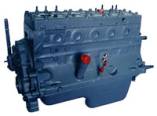 The Continental flathead industrial engine powered literally hundreds of thousands of industrial machines including forklifts, welders, and air compressors. But because this time-tested workhorse is no longer in production, saving marginal block castings during the rebuild process became very important. While we still offer Continental engine parts we are no longer able to provide remanufactured Continental engines. We continue to maintain this Tech Tip for the benefit of all of you working to keep your Continental running.
The Continental flathead industrial engine powered literally hundreds of thousands of industrial machines including forklifts, welders, and air compressors. But because this time-tested workhorse is no longer in production, saving marginal block castings during the rebuild process became very important. While we still offer Continental engine parts we are no longer able to provide remanufactured Continental engines. We continue to maintain this Tech Tip for the benefit of all of you working to keep your Continental running.CONTINENTAL F245 SERIES
Over the years the factory steadily increased the displacement of this six-cylinder Continental engine from 209 cubic inches to 245 cubic inches. They did this by enlarging the bore. As a result, the cylinder walls became thinner and prone to cracking and porosity with such failures allowing coolant to mix with, and dilute, the engine oil supply. While magnafluxing will reveal cracks, few rebuilders are able to pressure test and sonic test these blocks for porosity. As a result, problems could occur even after a thorough rebuild.
Several solutions have been tried without much success. These include sleeving a worn F245 back to its standard bore, pinning or stitching the cracked area (usually it extends into a valve seat), and circulating plastic sealant through the block. We believe a better solution was to simply to sleeve the six-cylinder F245 engine back to the F227 Continental standard bore specifications. In our remanufacturing center, we used a 1/8” wall sleeve (Nylen pn SL107) with a 3.503”OD. We then installed F227 Continental pistons and rings. The result was a much stronger block with no significant loss of power (76hp for the F245 at 2400rpm vs. 72hpfor the F227).
CONTINENTAL F135, F209, AND F218 SERIES
The four-cylinder F135, six-cylinder F209 and the F218 Continental series blocks also are problematical, but not because of porosity or cracking. The replacement pistons are simply not available for these older engines. To solve the problem of a lack of pistons, we simply machined these blocks to a later Continental bore size. That is, we bored the F135 to an F163 standard bore and the F209 or F218 to an F227 standard bore. Fortunately, these castings were designed in an earlier age, before CAD ˜ CAM. As a result, the blocks were very beefy with thick cylinder walls.
Wisconsin V4 Series
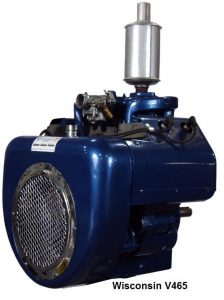 The final flathead engine that this Tech Tip discusses is the Wisconsin V4 Series. These hardy air-cooled engines were in production for years and were frequently rebuilt. The problem was that the factory only offered slightly oversized pistons. Usually, the block was worn beyond these limits. One alternative was to purchase new cylinders (called jugs), but a better idea was to simply sleeve the block back to standard bore. Yes, a purist could argue against putting cast iron repair sleeves into an aluminum block (because of the different metal’s coefficients of expansion) however, we had successfully placed cast iron sleeves into aluminum blocks without problem, something we would no longer be able to do today given the limited availability of parts for these engines.
The final flathead engine that this Tech Tip discusses is the Wisconsin V4 Series. These hardy air-cooled engines were in production for years and were frequently rebuilt. The problem was that the factory only offered slightly oversized pistons. Usually, the block was worn beyond these limits. One alternative was to purchase new cylinders (called jugs), but a better idea was to simply sleeve the block back to standard bore. Yes, a purist could argue against putting cast iron repair sleeves into an aluminum block (because of the different metal’s coefficients of expansion) however, we had successfully placed cast iron sleeves into aluminum blocks without problem, something we would no longer be able to do today given the limited availability of parts for these engines.Trying to find Wisconsin parts? We continue to maintain a sizeable inventory for those working to keep their Wisconsin alive.
Call us for your Wisconsin or Continental legacy parts needs!
Written by Dr. Diesel
Knowledge is power. To help our customers, we share tech tips summarizing some of our opinions, knowledge and information of interest that we have gathered since 1916 when Foley Engines opened for business. If you have any questions or comments, go to “Ask Dr. Diesel™” where you can pose questions about engines, clutches, exhaust scrubbers, etc.
